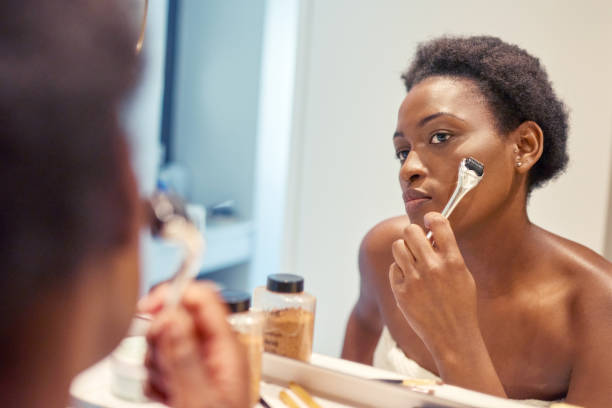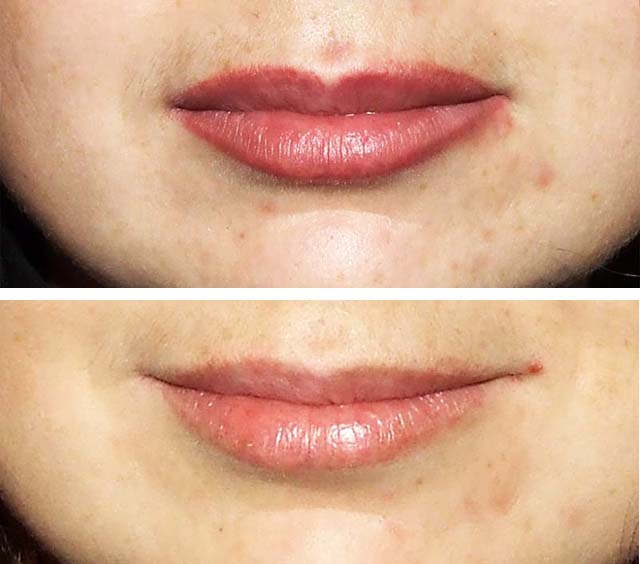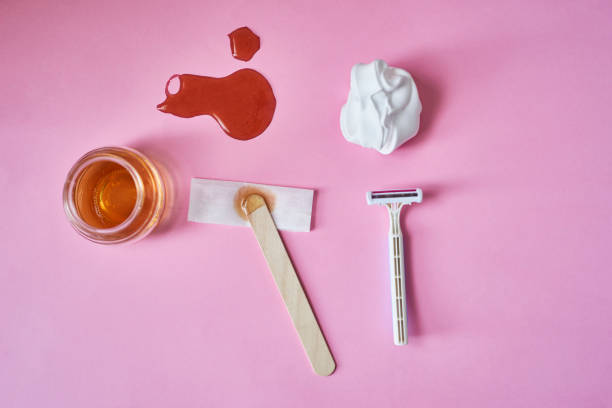At-home microneedling is a burgeoning skincare trend, but how often should you partake in this DIY beauty regimen? The answer isn’t set in stone, as it largely depends on your skin’s condition and the type of results you’re looking for. Generally, it’s advised to micro needle your face at home every 4 to 6 weeks, with an understanding that personal schedules may vary. As we delve into the main topic of at-home microneedling, we aim to provide a comprehensive look at this procedure, helping you to ensure the best care for your skin’s unique needs.
What is Microneedling and How Does it Work?

Microneedling is a minimally invasive cosmetic procedure where tiny needles are used to create micro-injuries on the skin, stimulating natural collagen production. This process effectively prompts the skin to heal and renew itself, potentially reducing the appearance of scars, wrinkles, and large pores.
Diving deeper into the heart of microneedling, we find that these micro-injuries trigger the body’s wound healing response. With repeated treatments, the new collagen and elastin form a firmer, more even skin texture. This makes microneedling a favorite for those pursuing a smoother, rejuvenated complexion without the use of chemicals or more intensive procedures.
Apart from its anti-aging benefits, microneedling can also improve the appearance of sun damage, help with acne scars, and enhance the absorption of skincare products. By creating these micro-channels in the skin, your favorite serums and moisturizers penetrate deeper, facilitating better product efficacy.
Determining the Optimal Frequency of At-Home Microneedling

One of the most vital aspects to understand about microneedling at home is how often you can safely perform the treatment. The ideal frequency of microneedling sessions varies, and it’s crucial to listen to your skin’s response.
Professionals typically recommend a gap of 4 to 6 weeks between treatments. This allows the skin enough time to undergo its natural cycle of regeneration. Remember, more is not always better, as allowing your skin to heal is key to the success of the treatments.
Your microneedling routine may be influenced by several factors including skin type, needle length, specific skin issues, and personal pain tolerance. An individual with sensitive skin may need more time between sessions compared to someone with resilient skin.
Preparing Your Skin for Microneedling at Home
Preparing your skin for microneedling is just as important as the procedure itself. A clean canvas ensures that you get the most from the treatment while reducing the risk of possible infections or irritations.
Selecting the appropriate microneedle device is crucial for an effective and safe at-home treatment. Devices with needle lengths less than 0.2 mm are recommended for home use, whereas longer needles should be handled by a professional.
Before microneedling, it’s important to cleanse your face thoroughly to remove makeup, oil, and dirt. A gentle exfoliation can also help in preparing the skin, eliminating any dead skin cells that could hinder the needling process.
The Safe Way to Microneedle at Home
When microneedling at home, it is critical to follow a method that ensures safety and effectiveness. The steps are simple, but they must be meticulously followed to avoid any unwanted side effects.
Best Practices for At-Home Microneedling
Here are some numbered best practices you should follow:
- Always start with a clean, sterilized microneedling device.
- Perform the procedure in a well-lit, clean environment.
- Apply gentle pressure and use the device in a proper manner, rolling in different directions for thorough coverage.
Avoiding complications means adhering to proper microneedling techniques and aftercare. Post-treatment, you should apply a mild and soothing serum or moisturizer to aid skin healing and refrain from touching your face with dirty hands.
Aftercare: Ensuring the Best Results from At-Home Microneedling
Post-microneedling care is just as crucial for achieving optimal outcomes. Immediately following your treatment, your skin is more susceptible to irritation and infection, so treat it gently.
After a microneedling session, an appropriate skincare routine is essential. This not only involves the application of healing serums and moisturizers but also includes avoiding harsh sunlight and aggressive skincare products.
Microneedling is a process, and the results aren’t instantaneous. It often takes multiple sessions and a bit of patience to see significant improvements. Defined results can become apparent after several weeks as the skin regenerates.
When to Seek Professional Microneedling Services
Although at-home microneedling can be beneficial, there are times when seeking professional services is advisable. Professionals can handle more advanced devices and offer more dramatic results.
Home microneedling devices have limitations in needle length and sophistication. For deeper scars or more substantial wrinkles, professional treatments using more advanced tools may be necessary.
Signs You Need Professional Intervention
If you notice that your skin issues are not improving or if complications arise, it’s time to consult with a dermatologist or professional practitioner. Here’s a table highlighting signs that professional help is warranted:
| Signs | Explanation |
|---|---|
| Persistent Redness or Irritation | Your skin should recover within a few days after microneedling. If it doesn’t, seek advice. |
| Infection Symptoms | Signs of infection like warmth, pus, or increasing pain require immediate attention. |
| No Improvement | If after several at-home sessions there’s no visible improvement, a professional might offer more effective solutions. |
Conclusion
In conclusion, microneedling at home is a practice that can yield significant benefits for your skin when done correctly. However, it’s imperative to adhere to recommended guidelines regarding frequency and technique to ensure safety and optimal results. Whether you’re looking to diminish fine lines, scarring, or simply enhance your skin’s overall texture and appearance, at-home microneedling can be a worthwhile addition to your skincare routine, providing you’re patient and diligent in your approach.
FAQs about At-Home Microneedling
- How often can you safely microneedle your face at home?
Safe practices recommend microneedling your face at home every 4 to 6 weeks, giving your skin ample time to heal and regenerate. - What needle length is suitable for at-home microneedling?
For at-home microneedling, it is best to use needles that are no longer than 0.1 to 0.2 mm. - Can you microneedle if you have active acne?
It’s not recommended to microneedle over active acne as it can spread bacteria and lead to further breakouts. - What are the signs that you are microneedling too often?
Over-microneedling can lead to skin irritation, dryness, redness, and sensitivity. - Is it necessary to use a serum with microneedling, and what type should it be?
Using a serum can enhance the results of microneedling. It’s beneficial to choose serums with hyaluronic acid or peptides.




